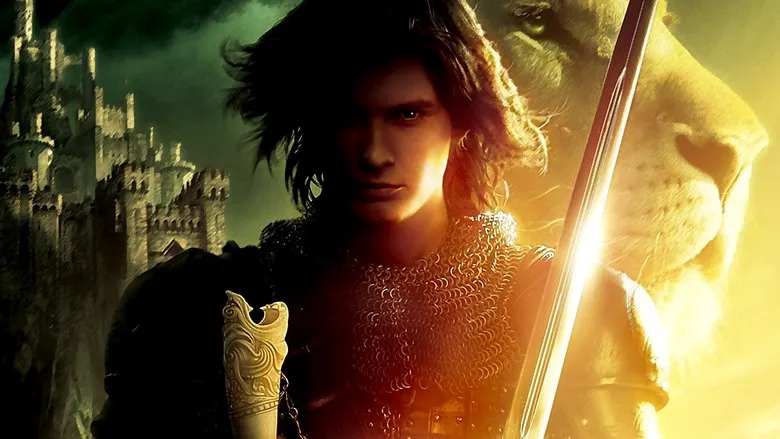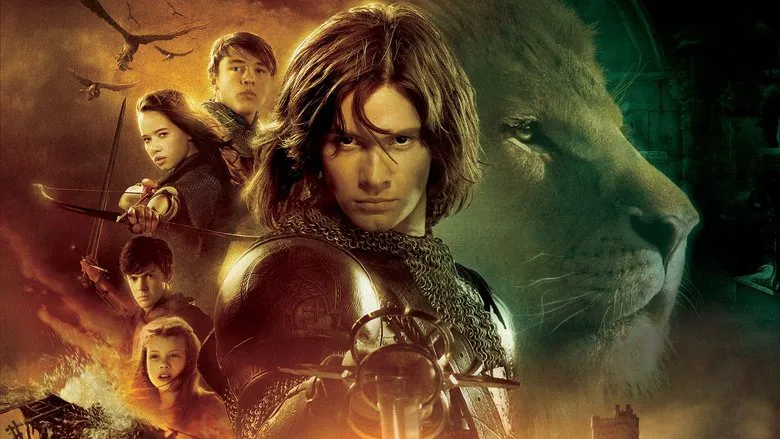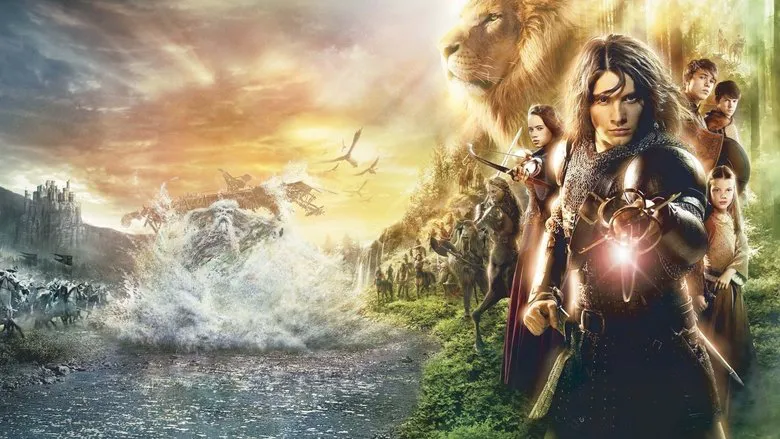It seems humanity is still grappling with the complexities of portraying centaurs convincingly. Minotaurs, on the other hand, are a breeze – always turning out picture-perfect. Fauns sprint across the screen like Olympic athletes. Gnomes require minimal effort; just muss up their hair, and voilà, a gnome! But centaurs? They move with a jerky, awkward gait. The upper body, no matter how beautiful, seems slightly out of sync with the lower half, also beautiful. Their arms flail haphazardly. In short, they’re only good for standing still and staring intently. Perhaps the issue lies in the center of gravity. Centaurs, it seems, were built differently than computer effects specialists imagine.

Narnia Reimagined
Lewis’s Narnia was also built differently, unlike the world presented in Andrew Adamson’s films. Again, the center of gravity might be the key. C.S. Lewis was one of the most religious writers of the 20th century, and his Narnia tales, in one way or another, are stories about God – or rather, what God might be like in a fantasy world. The films, however, focus on people and war, making “Prince Caspian” less a fantasy and more an inventive action flick.
A World Transformed
In Narnia, 1300 years have passed, while in Britain, only a year has gone by. Now, Narnia is populated by humans, and creatures like fauns and gnomes have been nearly exterminated. Only the descendants of the gnomes still believe in the old Narnia, and the existence of the lion Aslan is doubted by almost everyone. The cunning ruler Miraz, who murdered his brother the king, now seeks to eliminate his nephew, Prince Caspian, and become the official king. When Miraz has an heir, Prince Caspian is forced to flee the palace into the forest, where he encounters gnomes and a talking badger. Here lies the old Narnia, alive and well, ready to help him overthrow Miraz and restore the good old days. Prince Caspian magically summons four children from 20th-century wartime London, who were once kings and queens of Narnia 1300 years ago. Now, the Narnians, led by these young Britons, must battle Miraz’s army. Initially, only the youngest queen, Lucy, believes in Aslan, but of course, he appears on the battlefield at the last moment.

A Military Drama Unfolds
The result is a brilliant military drama instead of a religious fairy tale. It explores the folly of a commander driven by ambition, the danger of allying with old enemies (even if they’re as captivating as Tilda Swinton encased in ice), betrayal, honor, pride, and a host of other important themes. It’s a manual for aspiring strategists. The healthy dose of trash, the uncompromising action, and the apparent madness of the youngest girl, who talks to her imaginary friend and occasionally sees the world in altered colors, might be seen as flaws by some, but as definite strengths by others.
Divergences from the Source Material
Fans of Lewis’s books will likely be disappointed. Besides the overall spirit of the book, the filmmakers have altered the plot slightly. For example, the handsome, though somewhat doll-like, Prince Caspian is much older in the film than in the novel. This allows him to regard the strangely arriving teenagers, who have the audacity to claim they are the kings and queens of Narnia, with skepticism. These teenagers, by the way, are understandable: it’s clear from the film that this is their way of coping with the psychological trauma of World War II. The Narnian battle is their way of convincing themselves that everything will be alright, even when it seems like nothing good can ever happen again. The talking lion who helps the heroes awakens all the pagan forces and stimulates the imagination: if you believe in him, everything around you blossoms with life, trees move from their places, and the river rises and comes alive. Parallels with the “Lord of the Rings” trilogy are inevitable – but what can you do when New Zealand, where all this was filmed, is small, and the fantasy world is disappointingly monotonous?

In short, “Prince Caspian” is a film for those who find Lewis’s “Chronicles of Narnia” too moralistic and generally a bit boring. And for those who have never read the “Chronicles of Narnia,” or ideally, haven’t even seen the first, less successful film in the saga.
Final Thoughts
And as for the centaurs – well, okay, it’s for the centaurs too.